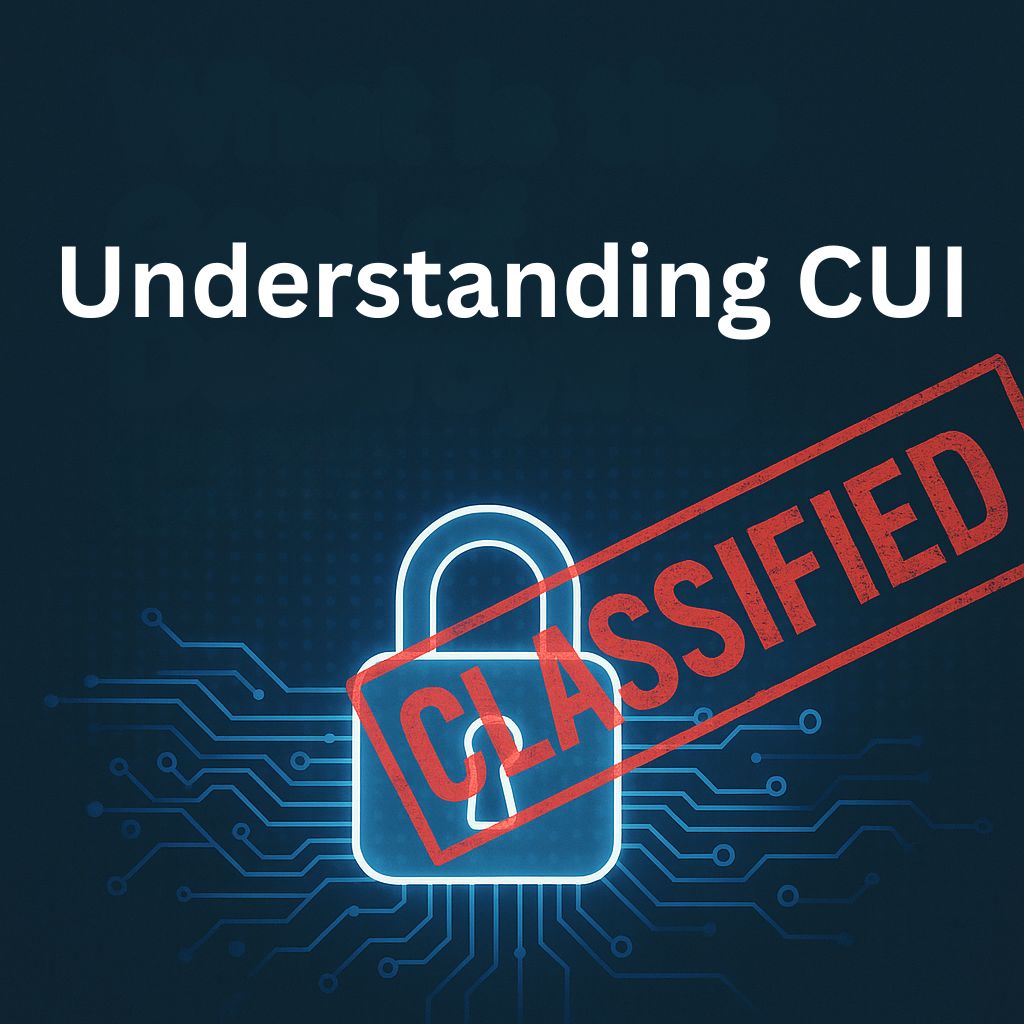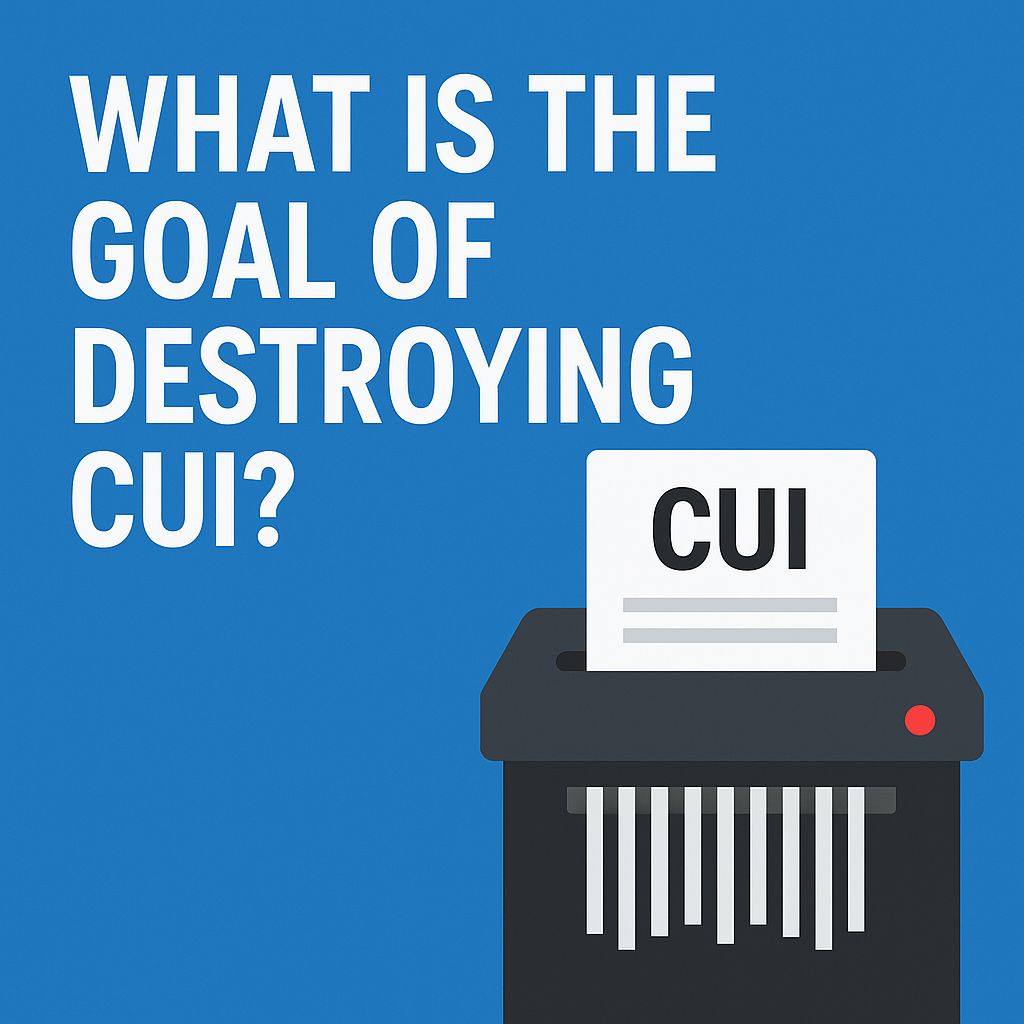The goal of destroying Controlled Unclassified Information (CUI) is simple: make it unreadable, indecipherable, and irrecoverable as soon as you no longer need it. That way, no one can access, decipher, or restore the data, keeping it safe from unauthorized disclosure, privacy risks, or compliance violations.
Understanding CUI: A Quick Overview

Controlled Unclassified Information (CUI) includes data that’s not classified but still needs protection, like personal records, health information, export-controlled, or technical data. The U.S. government established the CUI program (via Executive Order 13556 and 32 CFR Part 2002) to standardize how such information is handled, marked, and ultimately destroyed. Protecting CUI isn’t optional, it’s a legal requirement.
What Is the Goal of Destroying CUI Quizlet?
If you’ve ever seen this question in a Quizlet flashcard or during training, the correct answer is always the same: you must render CUI unreadable, indecipherable, and unrecoverable. It’s not a trick or detail, it’s the point. Once CUI’s purpose is over, doing anything less than destruction risks leaks and noncompliance.
What Is the Goal of Destroying CUI Markings?
Marking CUI helps people recognize and treat information properly. But when it’s time to destroy, those markings must go too. Destroying only the content but leaving faded banners or headers invites reconstruction. By obliterating the data and its labels, you ensure no one can salvage anything visual or textual.
What Is the Goal of Destruction CUI?
The act of destroying CUI means using methods that ensure absolute data loss. Whether through shredding documents, pulverizing disks, or securely erasing digital files, you must apply techniques that block reconstruction. Standards like NIST SP 800-88, DoDI 5200.48, and agency rules (e.g., ISOO CUI Notice 2019-03) help you choose the right method.
15 What Is the Goal of Destroying CUI?
On multiple-choice exams or quiz banks that phrase this in dozens of variants (like “What is the goal of destroying CUI (15 options)?”), the answer never changes: you must render CUI unreadable, indecipherable, and unrecoverable. That consistency helps reinforce its importance in training and testing environments.
What Is the Goal of Destroying CUI Select the Best Answer?
When tests say “select the best answer,” pick the one that clearly states you’re preventing recovery—and preventing misuse—by ensuring irrecoverability. If a choice mentions unreadable, indecipherable, and irrecoverable, that’s the correct one—always.
CUI Training: What Is the Goal of Destroying CUI?
Training courses prioritize CUI destruction because it’s more than policy; it’s a responsibility. Successful programs walk you through this lifecycle:
- Identifying CUI
- Safeguarding it while in use (marking, storing)
- Destroying via secure methods
They stress destruction not as an afterthought, but as a planned step when CUI completes its useful life.
DoD CUI: What Is the Goal of Destroying CUI?
The Department of Defense elevates the stakes. Leaked CUI can harm operations, supply chains, and national security. DoDI 5200.48 and DFARS standards require intensive training, documentation, and destruction practices. You must strictly follow these instructions or face legal and operational consequences.
What Is/Are the Goal(s) of Destroying CUI?
Let’s break it down into bullet points:
- Prevent unauthorized access or exposure
- Protect sensitive information from reconstruction
- Honor legal mandates and compliance frameworks
- Support data lifecycle discipline, disposing data when it’s no longer needed
- Instill trust in government, contractors, and stakeholders
All these goals circle back to keeping sensitive but unclassified data from falling into the wrong hands.
Question 1 of 15: What Is the Goal of Destroying CUI?
Answer: To render CUI unreadable, indecipherable, and irrecoverable. That straightforward answer shows you understand the purpose of destruction and the value of secure disposal.
Question 3 of 15: What Is the Goal of Destroying CUI?
Answer: To ensure that sensitive information is permanently destroyed in compliance with standards like NIST SP 800-88 and 32 CFR Part 2002. This emphasizes how and why safe disposal, backed by rules.
How Is CUI Destroyed?
Physical Methods:
- Shredding: Use cross-cut shredders that produce particles no larger than 1 mm × 5 mm (0.04 in × 0.2 in).
- Pulverizing / Disintegrating: Grind paper using a 2.4 mm (3/32″) security screen to ensure fragments can’t be reassembled.
- Burning: Reduce microfilm or documents to ash when permitted, and carefully manage fire safety.
Digital Media:
- Clearing (overwrite data): Good if you plan to reuse the drive; you overwrite with harmless data.
- Purging: Use stronger means like degaussing or cryptographic erasure to prevent recovery.
- Destruction: Physically destroying the media, like crushing or shredding hard drives, ensures data can’t be recovered, even with advanced tools.
Always choose the method that matches the media type, reuse plan, and sensitivity level.
Why Is Verification Important?
- Physical destruction: You visually confirm the device or paper is unreadable, which is often sufficient.
- Digital sanitization: You may need to use forensic tools to test if data can still be retrieved. NIST SP 800-88 and some agency policies require this verification, and documenting it helps during audits.
Compliance Requirements for CUI Destruction
- 32 CFR Part 2002: Establishes the legal baseline that the disposal must render CUI unreadable, indecipherable, and irrecoverable.
- NIST SP 800-88 Rev. 1: Guides you through practical methods for sanitizing digital and physical media.
- DODI 5200.48: DoD-specific rules for safeguarding and destroying CUI at every lifecycle stage.
- ISOO’s CUI Notice 2019-03: Details how to destroy paper CUI properly.
Using these guidelines helps you stay compliant and avoid penalties.
Real-World Scenarios & Common Mistakes
Scenario 1: Contractor Uses Basic Delete
A contractor receives CUI but deletes files normally, thinking they’re gone. Later, another party recovers them easily from the drive. Mistake: Not using NIST-level sanitization or physical destruction.
Scenario 2: Shredder Slows Down
An agency uses an aging shredder that no longer meets the 1 mm × 5 mm standard, but they don’t check. The paper particles are too large, so someone could piece them back together. Mistake: Failing to verify shredder quality or schedule maintenance.
Scenario 3: Digital Disposal Without Records
An IT team purges drives but doesn’t create destruction logs or certificates. Months later, during an audit, they have no proof. Mistake: Not documenting destruction.
Best Practices:
- Always match the method with the media and reuse plan.
- Monitor equipment effectiveness (like shredder specs).
- Document every step (logs, chain of custody).
- Train team members frequently and run audits.
FAQs
Q: When should I destroy CUI?
A: You destroy CUI as soon as it’s no longer needed or after its retention period ends under NARA schedules. Never hold on to it longer than necessary.
Q: Can clearing alone ever be enough?
A: Only if reuse is intended and the media qualifies. However, NIST and many agencies require purging or destruction for final disposal.
Q: Do I need to shred markings, too?
A: Yes, obscuring CUI markings is as important as destroying data. Leftover labels can expose where the data came from.
Q: Is certification required?
A: Many compliance frameworks require documentation or certificates proving destruction, especially in federal or DoD contracts.
Q: What if I use contracted destruction services?
A: Ensure secure chain of custody, limited access, and verification of final destruction. Document everything: pickup, storage, transport, and shred or purge reports.
Final Thoughts
The goal of destroying CUI is vital: ensuring that once sensitive but unclassified data fulfills its purpose, it cannot be read, pieced together, or restored. Every organization handling CUI should integrate secure destruction into its workflow, not as an afterthought, but as a core practice. Follow rules like 32 CFR Part 2002, NIST SP 800-88, and DoDI 5200.48. Choose the right method, train your team, document the process, and protect sensitive information, including the trust it represents.

